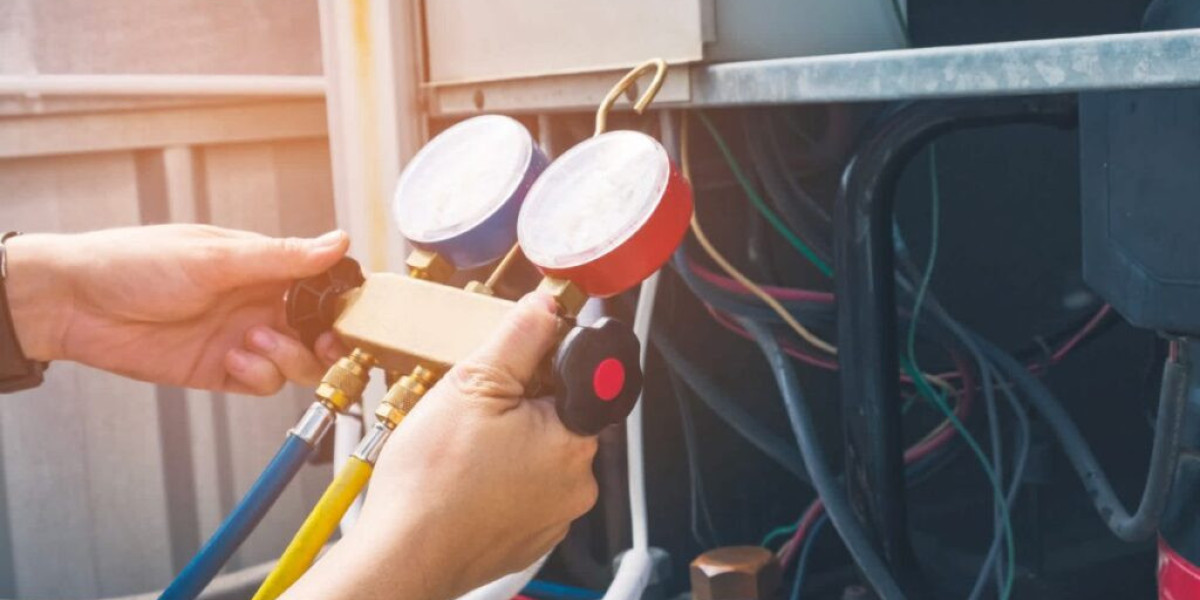Overview of the U.S. Gas Leak Detectors Industry
The United States gas detector market is a multi-billion dollar industry due to stringent safety regulations and protocols regarding flammable, toxic and combustible gases. Various industries such as oil & gas, chemicals & petrochemicals, food & beverages, power generation, metals & mining, commercial buildings, wastewater treatment plants, municipalities and others rely heavily on gas detectors for worker and workplace safety. The systems help identify U.S. Gas Leak Detectors and alert personnel to take necessary corrective measures before hazardous situations arise.
Types of U.S. Gas Leak Detectors Industry
There are various types of gas detectors used across different industry verticals in the country based on the target gas, location of installation and application requirements:
- Fixed Gas Detectors: Permanently installed in one location, usually with continuous gas monitoring capabilities. These include open path detectors, point detectors and gas sensors integrated into control systems.
- Portable Gas Detectors: Handheld, wearable or mobile detectors used for spot checks, confined space entry, process monitoring and emergency response. Models range from single-gas to multi-gas detectors.
- Transportation Gas Detectors: Designed for use inside vehicles, trucks, trailers, railcars and marine vessels during cargo transport and gas delivery operations.
- Indoor/Outdoor Gas Detectors: Ability to withstand all weather conditions for 24/7 perimeter monitoring around facilities. Often network connected for remote signaling.
- Hydrogen Sulfide gas detectors: Specialized models optimized for H2S detection widely used in oil/gas production, wastewater, landfills, mining, sewers etc.
Key End-User Industries
Oil & Gas Industry
Being one of the largest sectors in the U.S. economy, worker and environmental safety is a top priority in the oil/gas industry. Gas detectors are heavily relied upon at drilling rigs, processing plants, refineries, pipelines and other critical infrastructure to constantly monitor hydrocarbons and hazardous gases. Portable units help technicians during maintenance and repair works.
Chemical Industry
Manufacturing, storage and transportation of chemicals poses risk of toxic gas leaks. Gas detectors ensure safety compliance at chemical plants, laboratories, packaging facilities through continuous emissions monitoring and leak detection systems.
Food Processing Industry
Flammable refrigerants and other gases used for chilling and freezing processes require careful monitoring to prevent fires and explosions. Gas detectors maintain safety in meat/poultry plants, dairies, breweries, refrigerated warehouses.
Waste Management Industry
Landfills, sewage treatment plants deal with biogas emissions containing methane and hydrogen sulfide. Gas detectors alert workers to potential dangers from flammable and toxic gases during waste handling and disposal operations.
Regulations Driving Adoption
Strict environmental and workplace safety standards set by organizations like OSHA, EPA and NIOSH have accelerated the demand for gas detection equipment across various industries. Facilities are mandated to conduct risk assessments and install gas monitoring systems where risk of hazardous gas exposure exists. Regular compliance audits and certification renewals ensure proper gas detector usage, maintenance and record-keeping. Growing regulatory emphasis on emission controls and leak detection will further increase reliance on gas monitoring technologies in the U.S. in the coming years.
Advancements in Gas Detection Technologies
Integrated Systems
The trend of consolidation with other automation and control platforms allows centralized monitoring of gas leaks alongside process parameters. Integrating detectors with SCADA, DCS, BMS promotes remote operation, data logging and predictive maintenance.
Wireless Detectors
Wireless gas detectors eliminate dependency on power cables, ideal for hard-to-reach locations or mobile monitoring. Widely implemented using LoRaWAN, Bluetooth, Wi-Fi and cellular connectivity protocols.
AI-Powered Analytics
Advanced algorithms can analyze gas concentration patterns to predict maintenance needs, low-level leaks and system failures. Cloud solutions offer remote diagnostics, customizable alarms for different users.
Multi-gas Detection
Combining several target gases into a single device suits applications with multiple process chemicals and ambient air quality controls. Provides cost efficiencies over single-gas detectors.
Wearables
Small form-factor personal gas detectors worn by workers facilitate confined space entry, emergency response and active leak source tracing. Integrated with two-way radios.
Overall, owing to growth drivers across end-use verticals and evolving regulatory environment, the U.S. gas detector market is estimated to register strong gains in the coming years, aided by technology upheavals bringing about performance enhancements, cost reductions and operational efficiencies for end-users. Prioritizing workforce and public safety, industry players are likely to increase investments in adopting state-of-the-art gas monitoring solutions.
Get more insights on this topic: https://www.trendingwebwire.com/u-s-gas-leak-detectors-industry-unveiling-the-latest-trends-and-innovations-in-features-and-how-they-work-in-the-industry/







